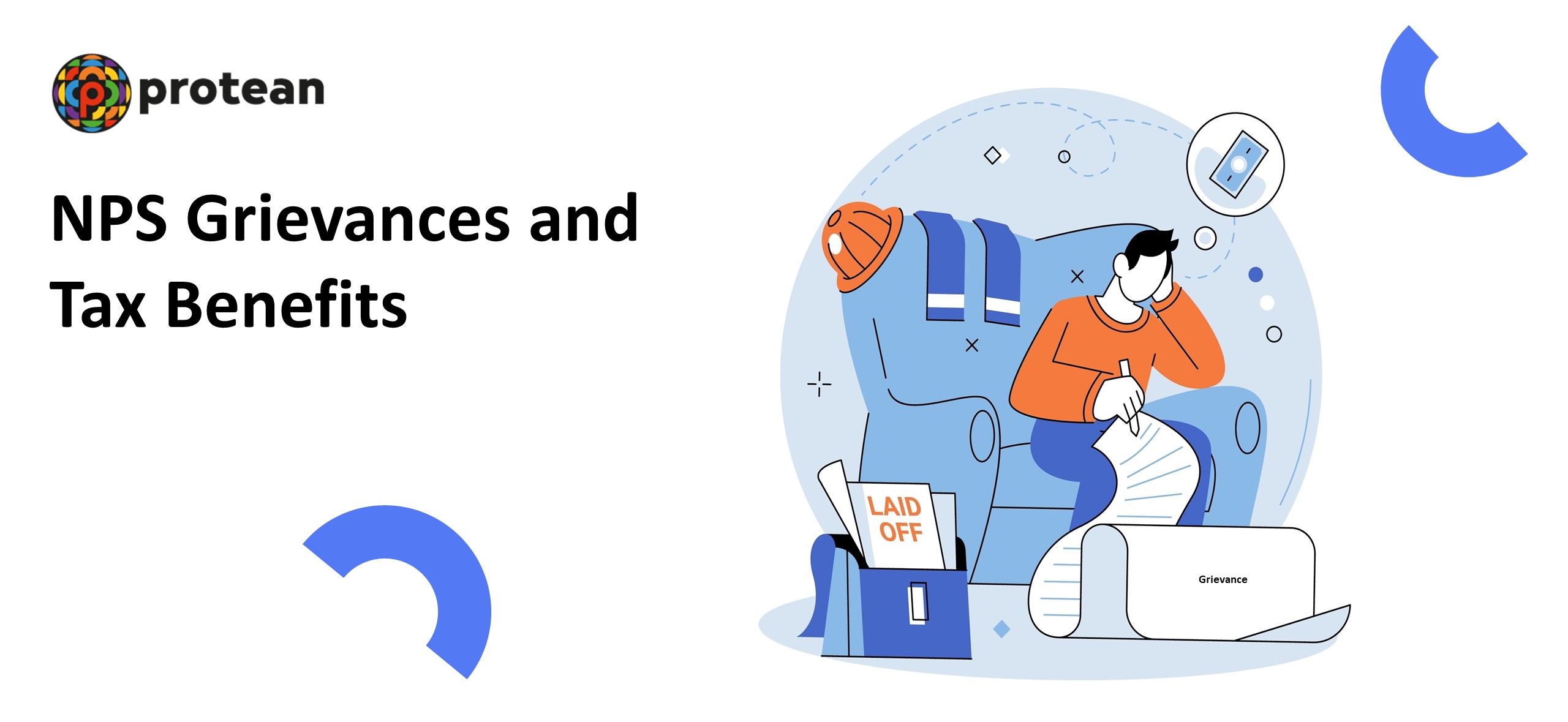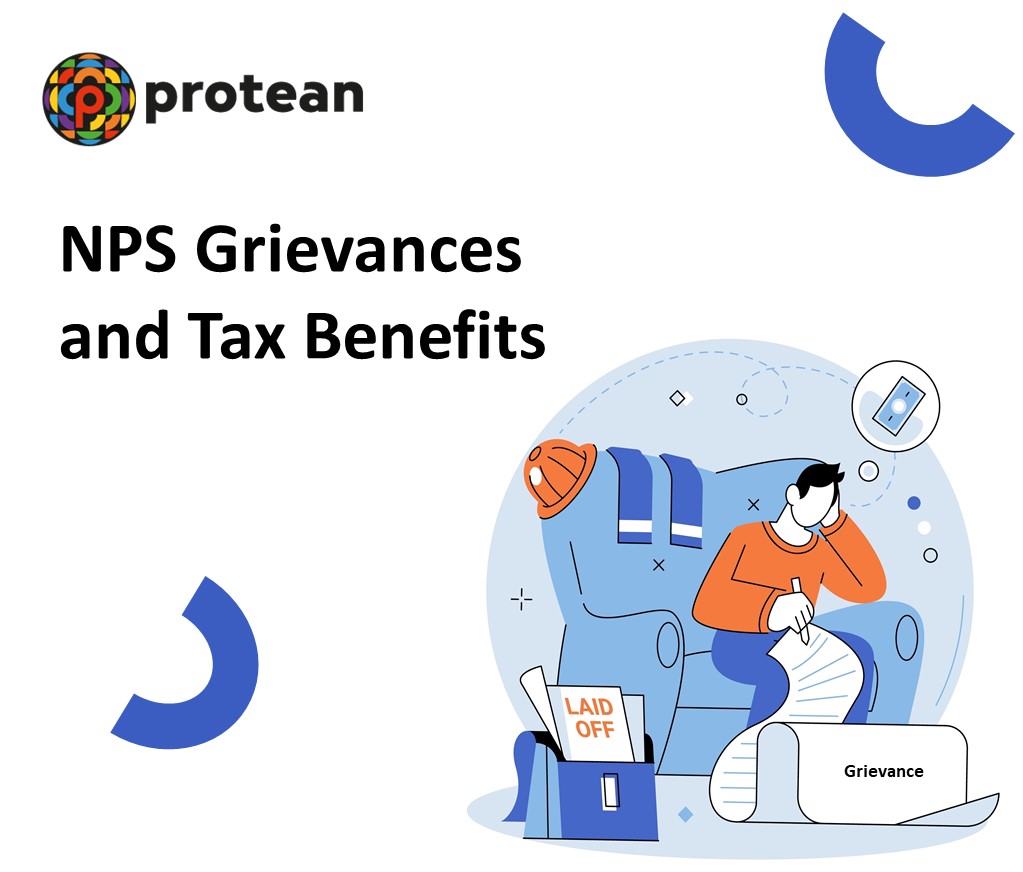kakoli
29 October 2024
1. What should I do if I have a complaint or grievance?
Lodge your grievance online via the Central Grievance Management System (CGMS) accessible through your NPS account. Intermediaries must resolve complaints within 30 days. If unsatisfied, escalate the grievance following the prescribed escalation matrix. Contact the relevant entities based on your specific concern, starting with the primary service provider and progressing to PFRDA as needed.
Intermediary -> NPS Trust -> Ombudsman -> PFRDA -> SAT
2. Tax Rules under NPS
Tier I Account - Tax Benefits on Contributions:
- Section 80CCD(1): Deduction up to 10% of basic + DA (salaried) or 20% of gross income (self-employed), within the overall 80CCE limit of ₹1.5 Lakhs.
- Section 80CCD(1B): Additional deduction up to ₹50,000.
- Section 80CCD(2): If your employer also contributes to your NPS account, you can claim deductions under Section 80CCD(2) in addition to the benefits under Section 80CCE. However, the total deductions for NPS, Recognized Provident Fund, and Approved Superannuation Fund combined cannot exceed ₹7.5 lakh.
Tier I Account - Tax Implications on Withdrawals/Exit:
- Section 10(12A): Up to 60% of the corpus received as lump sum upon exit is tax-free.
- The amount used to buy an annuity (40% to 100% of the corpus) is also tax-exempt under Section 80CCD(5).
- GST (currently 1.8%) does not apply to annuities purchased through NPS.
- Partial withdrawals are tax-exempt under Section 10(12B).
Tier II Account -Tax Implications on Withdrawals/Exit
- Contributions are not tax-deductible.
- Investment gains are taxed at your applicable income tax slab rate.
| Simplify your NPS contributions and optimize your investment strategy – learn more with our detailed guide. |
- Story by Bruhadeeswaran R.
Main Heading
Blogs
Sub Heading
NPS Grievances and Tax Benefits: Important Information
Theme Color
blue
URL
nps-grievances-tax-information-29102024

